Slide Show: A Short History of The Oregonian
February 15, 2013
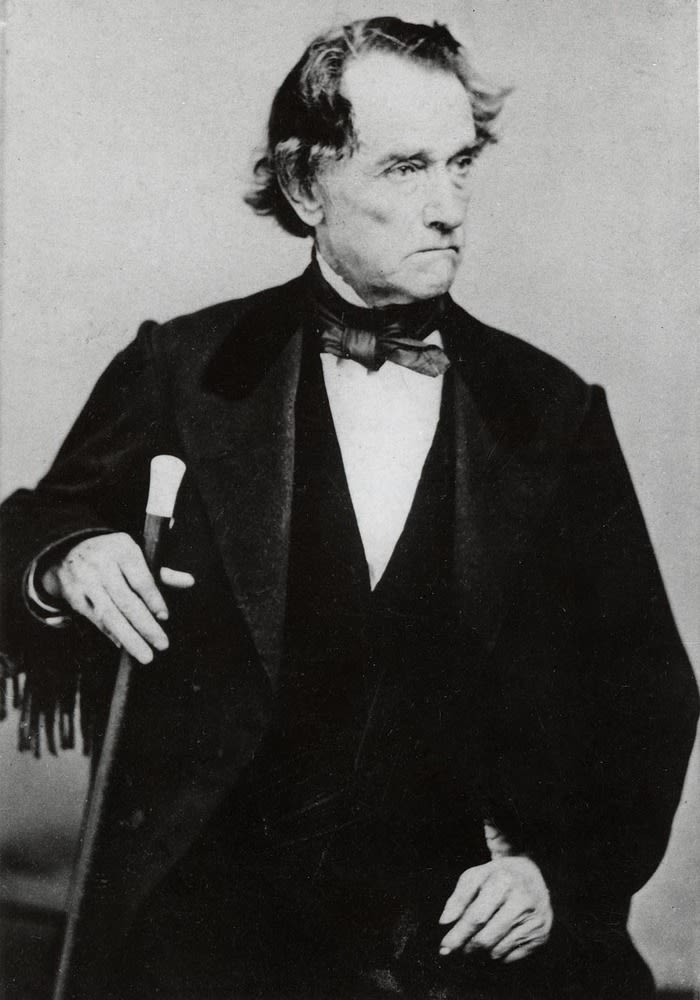
Thomas J. Dryer
Oregonian founder Thomas J. Dryer (pictured) prints the paper’s first issue on December 4, 1850 in a log shack on SW First and Morrison. Dryer had moved to Portland at the behest of two city promoters who wanted to give Portland a competitive edge over O
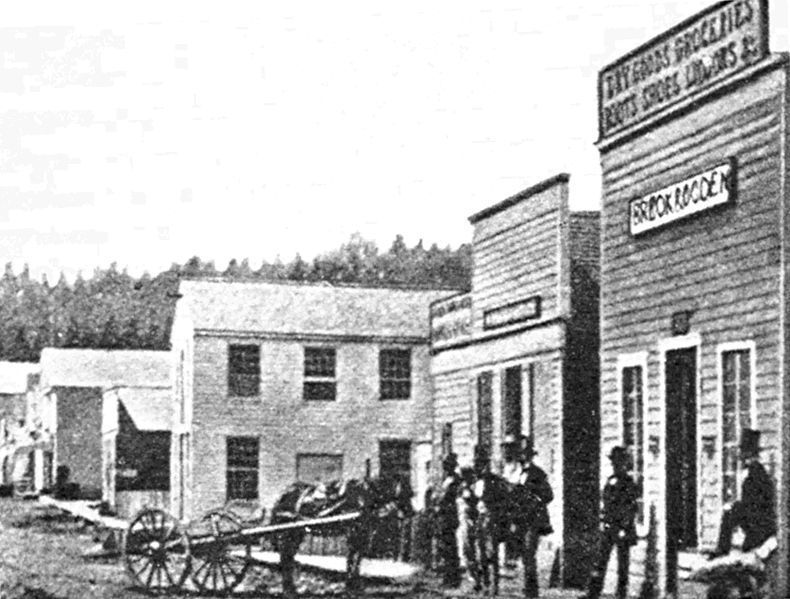
"The Oregon Style"
Between 1850 and 1860, the new paper establishes itself as a “successful failure.” Known for its vicious political tone (a style dubbed the "Oregon Style") and intractable pro-Whig positions, the paper becomes an influential political voice but sinks its

Pittock's rise
In 1860, Dryer gives the troubled newspaper to his 24-year-old typesetter, Henry L. Pittock (pictured), in exchange for back wages owed to him. Pittock institutes daily service, more disciplined bookkeeping, and emphasizes printing actual news instead of
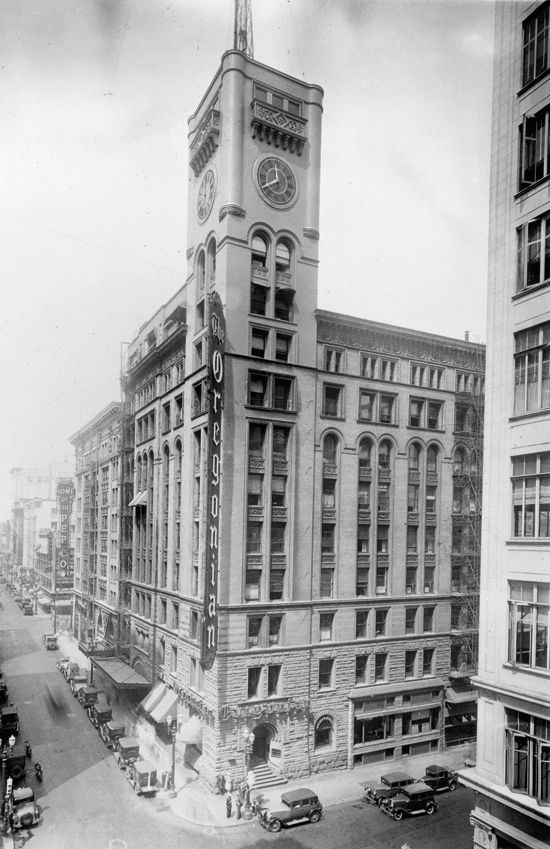
The city's first skyscraper
Portlanders respond to Pittock’s plea en masse, ponying up 25 cents per week by the thousands. By 1892, Pittock erects the city’s first skyscraper at SW 6th and Alder to house the paper’s operations. The nine-story building, he declared, was “something f
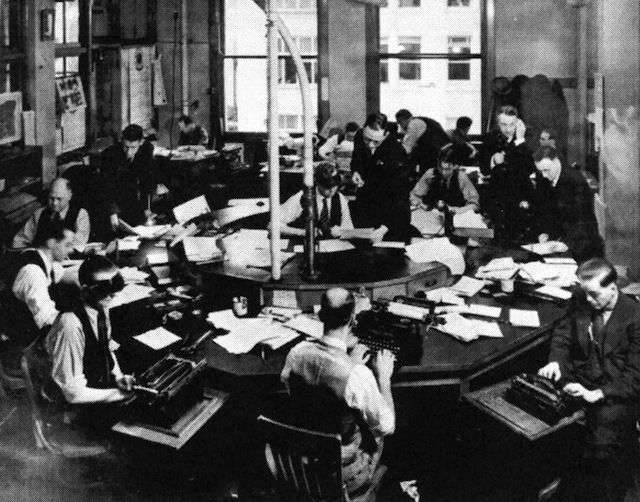
Continued growth
In the first decades of the twentieth century, the Oregonian continues to thrive, despite facing competition from three other newspapers, the Oregon Journal, Evening Telegram, and the Portland News. One advantage? It’s cheaper. The O’s street price remai
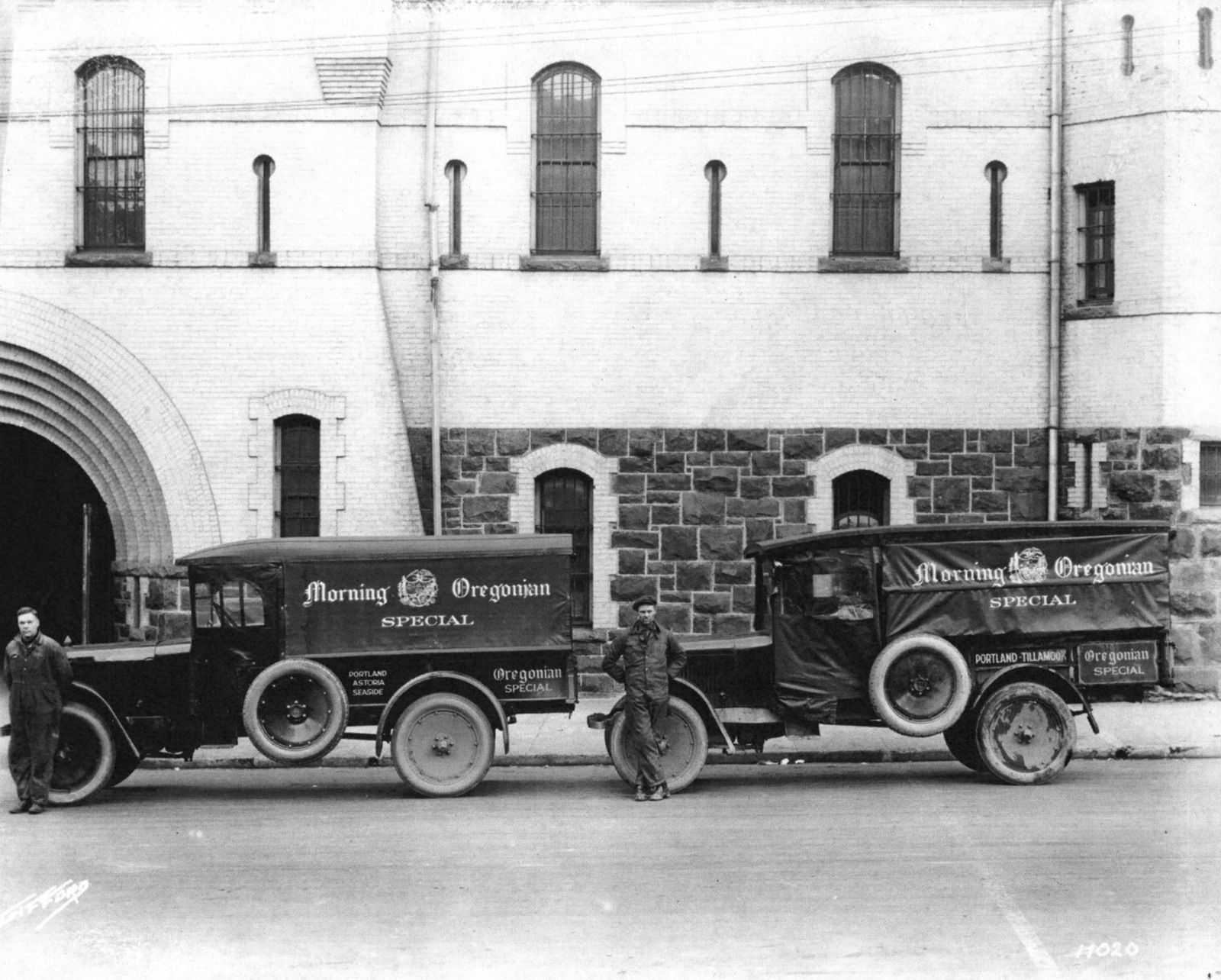
A crash
The stock market crash of 1929 hits, and the Oregonian’s circulation plummets. Photo Credit: Oregon Historical Society
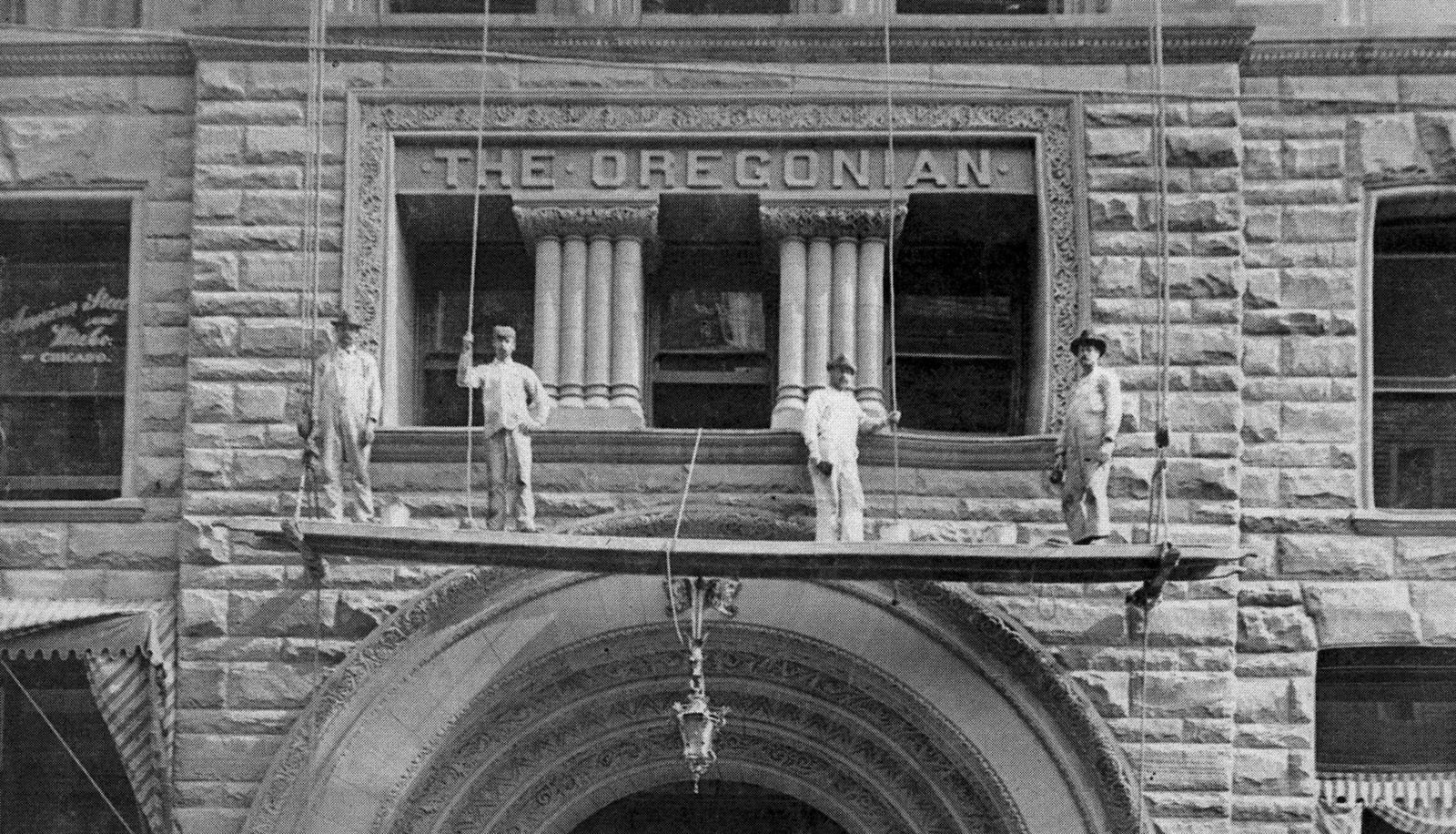
A savior arrives
In 1935, the Oregonian’s board hires Guy T. Viskniskki (a WWI vet and founder of the Stars & Stripes) to save what critics have begun to call the “Old Lady of Alder Street.” “Editorially, the paper is the same today (and apparently tomorrow and forev
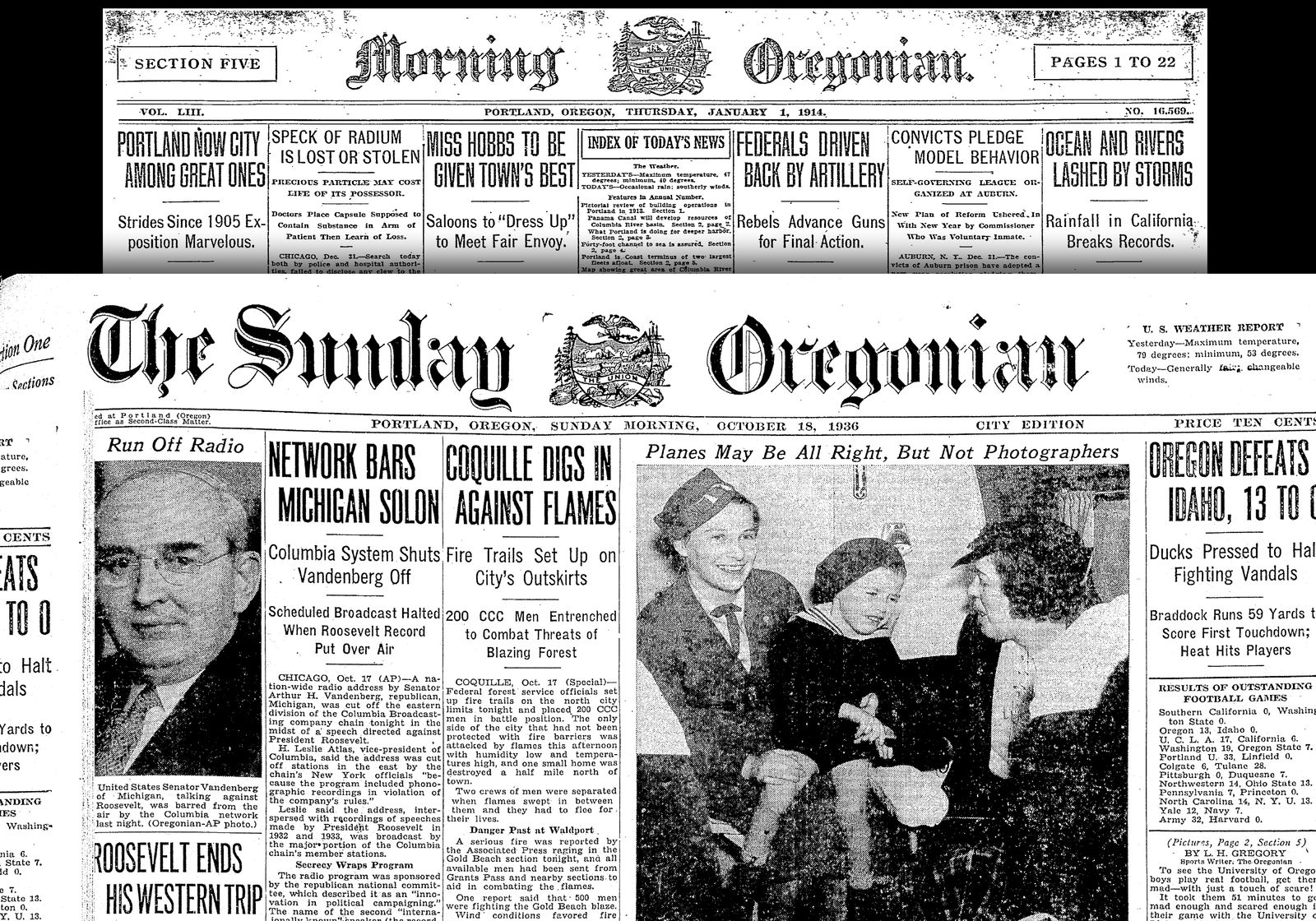
Radical changes
Viskniskki makes the paper’s headline type larger and livelier, adds pictures and cuts text. He also dials down the paper’s combative Republican rhetoric, and packs in more local and women-related news.
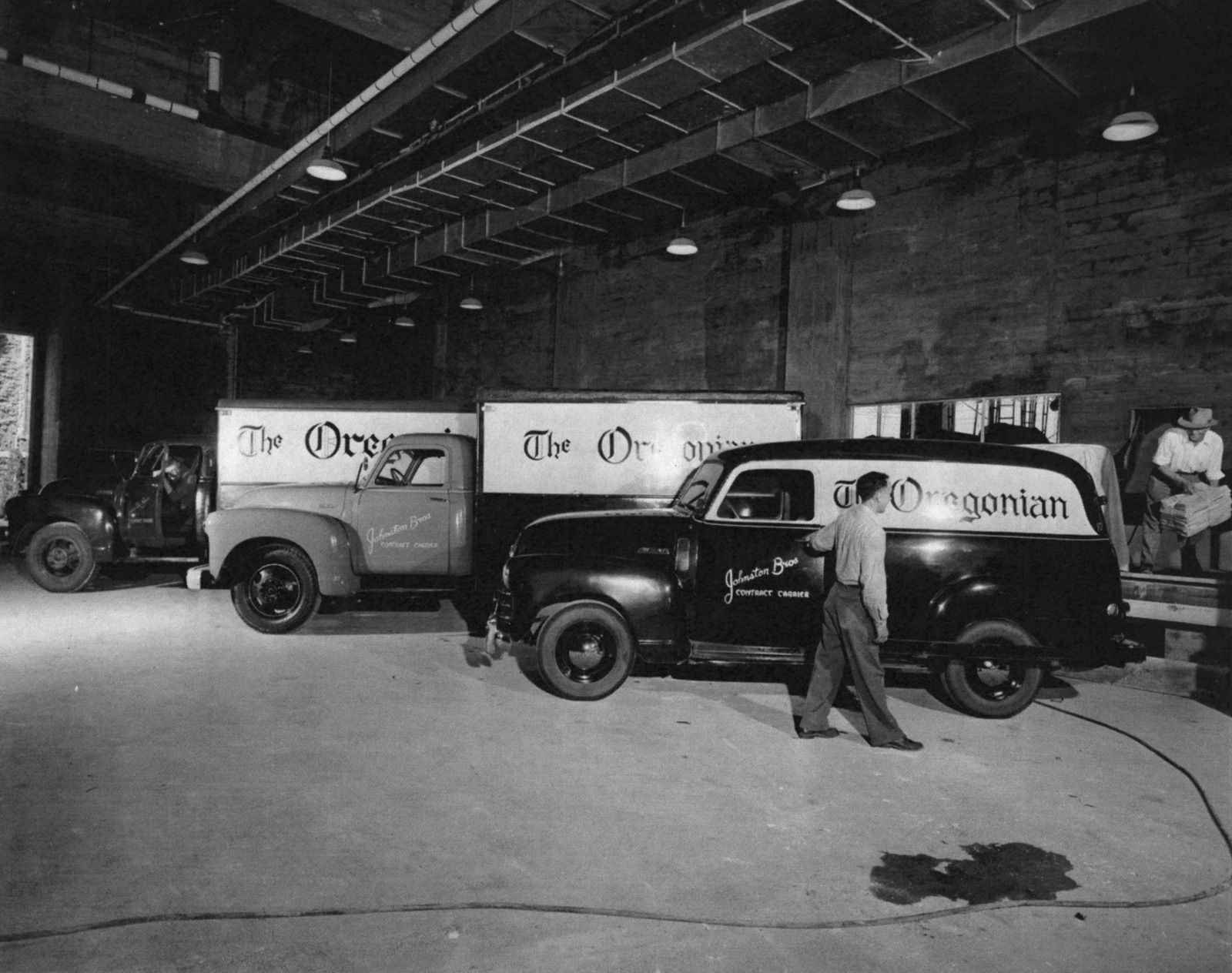
Back on top
Viskniskki’s newfangled format changes (which some readers had angrily called “sensationalist” and “yellow”) proves a rousing success. By 1939, the Oregonian’s circulation reaches a record 120,000. Photo Credit: Oregon Historical Society (92113)
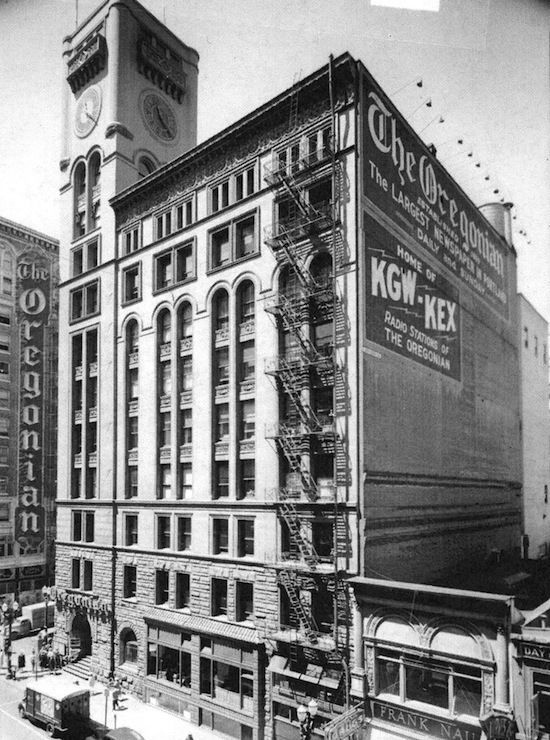
The Newhouse Era
Media magnate S. I. Newhouse buys the Oregonian in December 1950. In 1961, Newhouse also buys the paper’s only remaining competitor, The Oregon Journal. (The Journal would close its doors for good on September 4, 1982.) Photo Credit: Oregon Historical
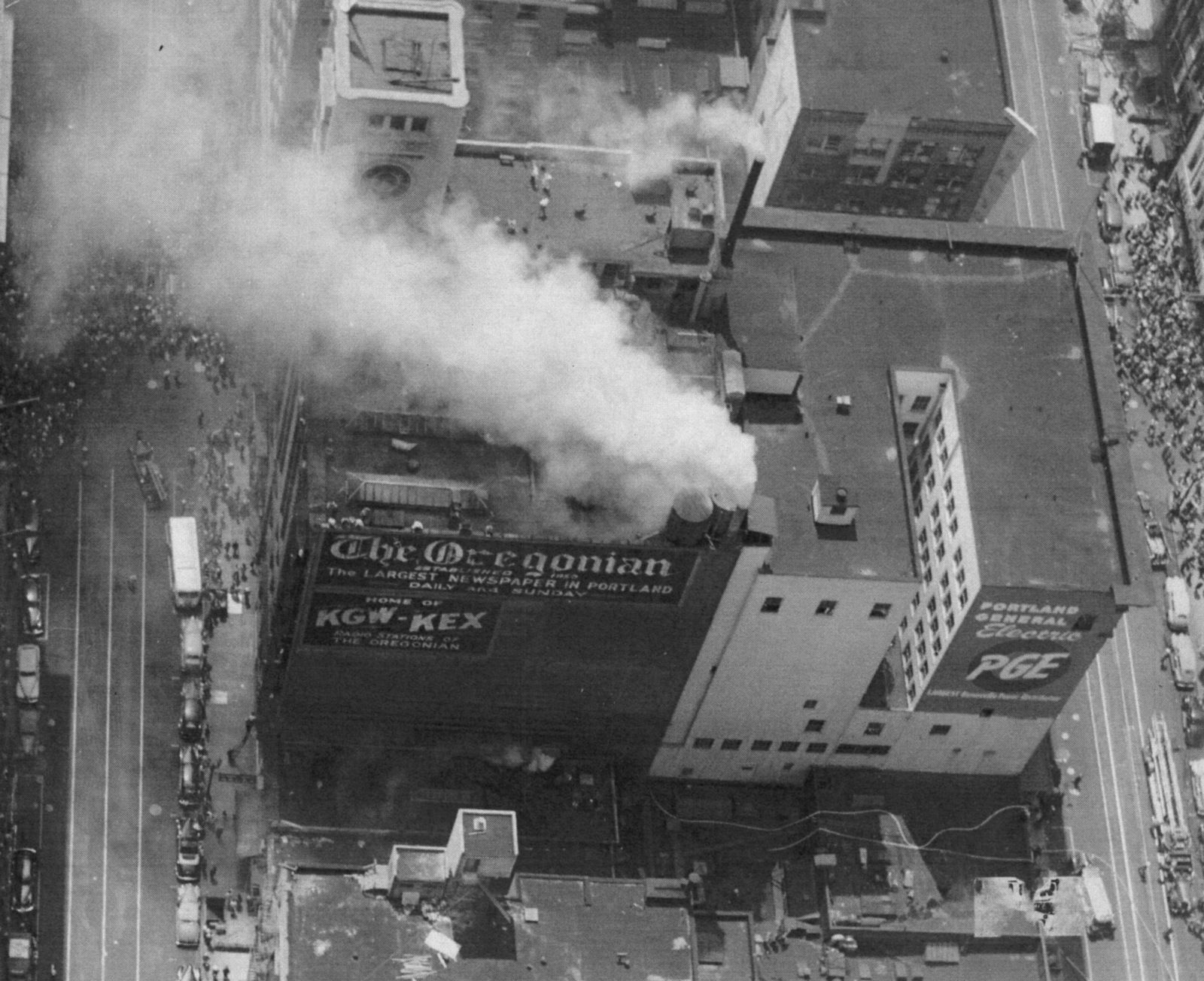
More changes
Portland’s demographics begin to change. In the mid-1970s, the paper attempts to capture an increasingly suburban, nonwhite, nonmale readership, by drastically expanding its service and entertainment sections. “A newspaper is a living thing,” writes edit
We take a tour through the 163-year-old newspaper's tumultuous past
Related Article:
The Story of O
Can the Oregonian survive? We look to the newspaper's past for clues.
